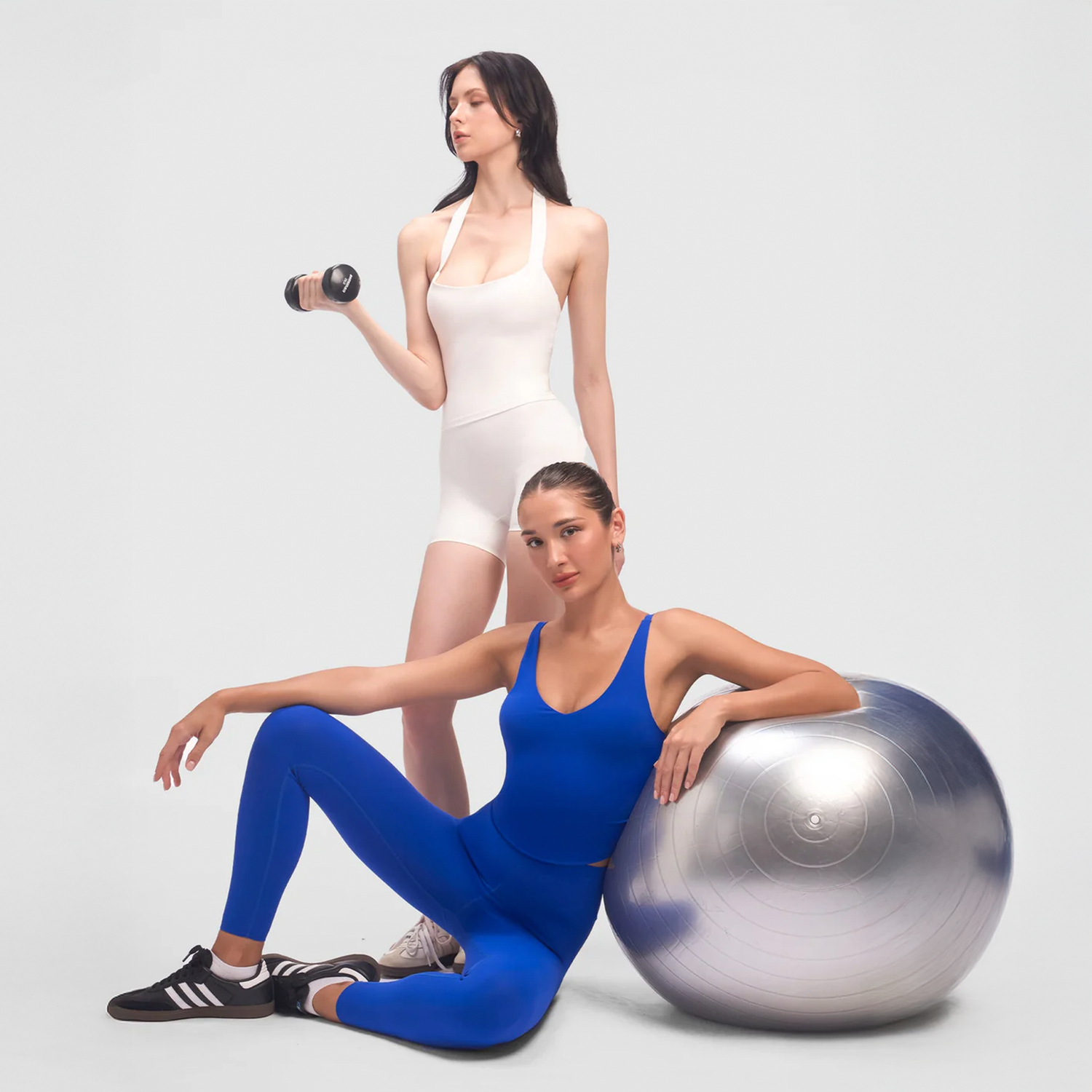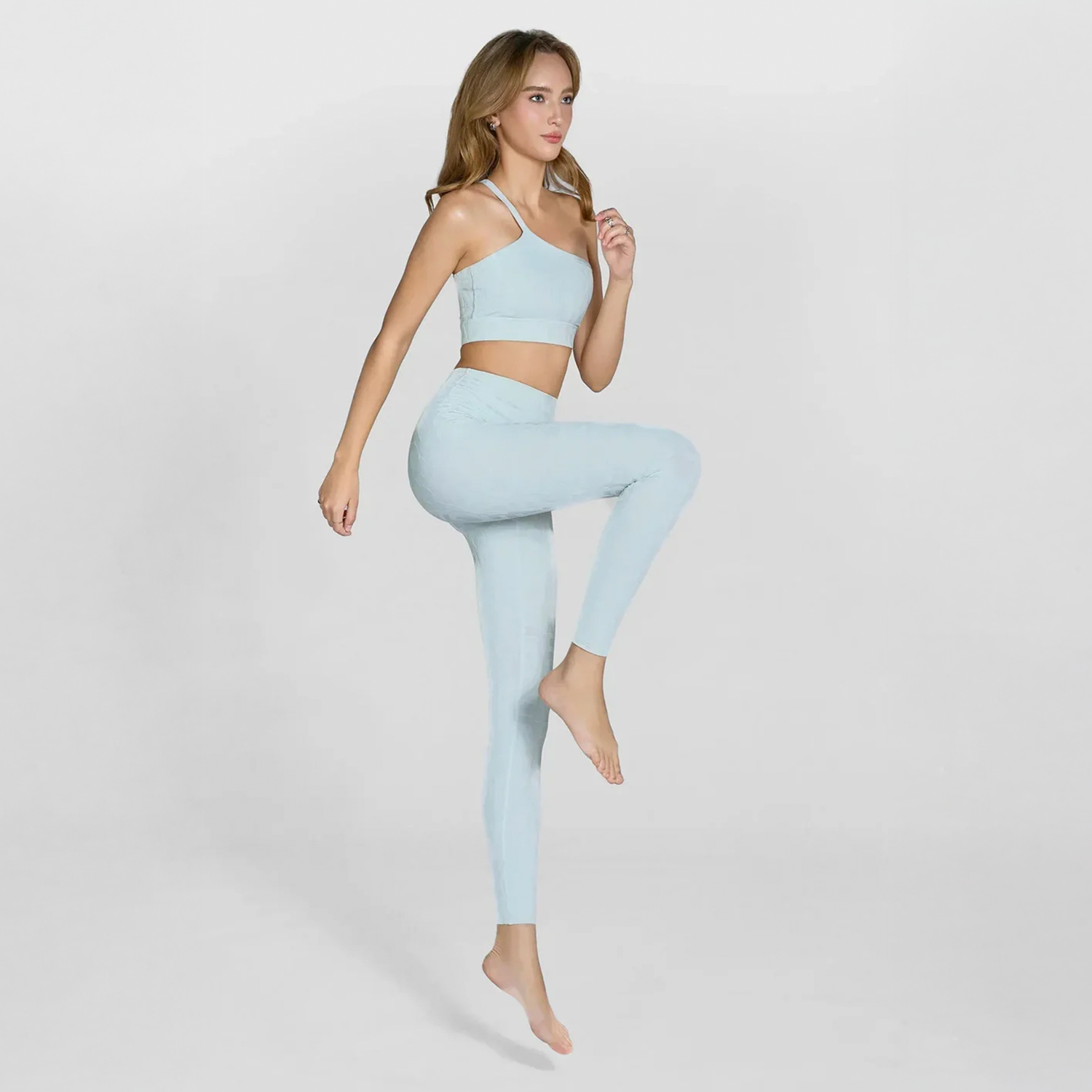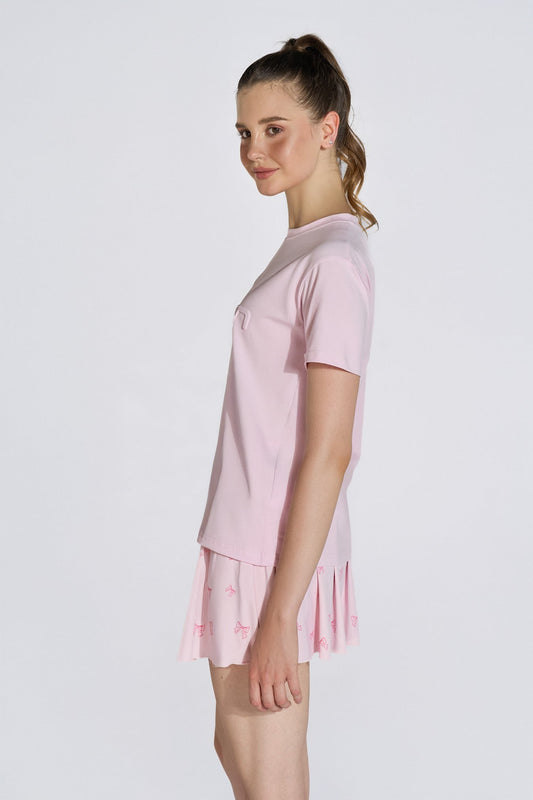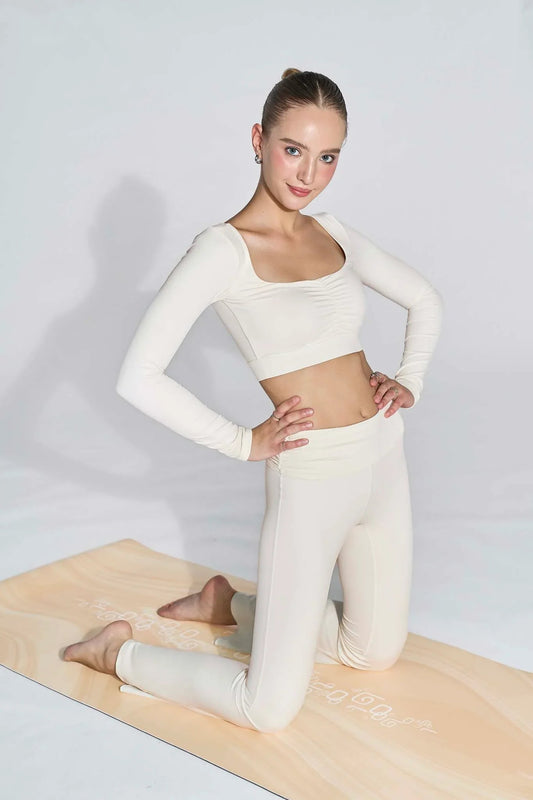In the world of yoga, Wheel Pose (Urdhva Dhanurasana) is one of the most powerful backbends, helping practitioners build flexibility, strength, and an uplifted spirit. Though challenging, with patience and consistent practice, this pose offers tremendous benefits for both physical and mental health.
Join Olaben as we explore the meaning, benefits, and safe practice of the Wheel Pose in the guide below.
What Is Wheel Pose?
Wheel Pose, known as Urdhva Dhanurasana in Sanskrit, is an advanced backbend yoga posture. When performed, your body forms a shape resembling a wheel.
This pose requires decisiveness, strength, and flexibility from the practitioner, especially in the shoulders, spine, and hips. With regular practice, Wheel Pose helps to:
- Open the chest, shoulders, and hips to improve posture and breathing capacity.
- Increase flexibility and endurance throughout the entire body.
- Boost confidence and energy through a strong and empowering backbend.

Benefits of Wheel Pose (Urdhva Dhanurasana)
Wheel Pose is considered an advanced asana in yoga, offering a wide range of physical and mental benefits when practiced regularly.
- Opens the chest & improves breathing: enhances lung capacity and encourages deep breathing.
- Strengthens the entire body: especially the legs, core, glutes, spine, wrists, and arms.
- Stimulates the pituitary gland: supporting hormonal balance and energy regulation.
- Improves flexibility: stretches the hips, shoulders, and wrists, enhancing spinal mobility.
- Relieves back and joint pain: especially beneficial for office workers or those who sit for long hours.
- Reduces stress: promotes relaxation and a feeling of vitality and positivity.
How to Practice Wheel Pose
Follow these steps to safely perform the Wheel Pose:
- Lie on your back, bend your knees, and place your feet close enough so your fingertips can touch your heels.
- Keep your feet parallel and hip-width apart.
- Bend your elbows and place your palms under your shoulders, fingers pointing toward your feet.
- Press your hands and feet into the mat to lift your shoulders and hips.
- Keep your elbows parallel and avoid putting pressure on your neck, using your arms and legs for support.
- Straighten your arms and lift your head off the mat.
- Keep your feet parallel and knees pointing forward.
- Gently arch your back and straighten your legs.
- To come down, tuck your chin to your chest and slowly lower your shoulders, spine, and hips.
- Rest for a few breaths before repeating.

Tips for Easier Practice
- Start with easier poses: like Bow Pose, Camel Pose, Locust Pose, Upward-Facing Dog, and Bridge Pose to warm up your spine and shoulders.
- Place your hands slightly wider than shoulder-width if your shoulders feel tight for easier arm extension.
- Use yoga blocks for support: place them under your hands (or at a 45° angle against the wall) to reduce wrist strain.
- Practice with a partner or teacher: to ensure proper alignment and safety.
Wheel Pose is an exciting challenge that strengthens your body and improves flexibility. With consistent practice, you’ll notice positive changes in your posture, mood, and daily energy levels.
Don’t forget to prepare yourself with the right yoga apparel and accessories from Olaben – from natural rubber yoga mats and comfortable leggings to supportive sports bras – so every practice session feels confident and effective.
Start your yoga journey today with Olaben and enjoy the full benefits that yoga brings!








